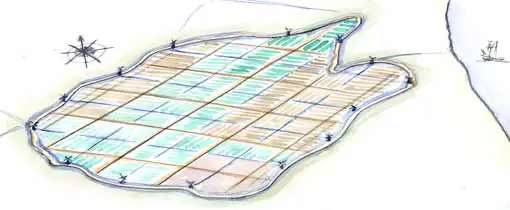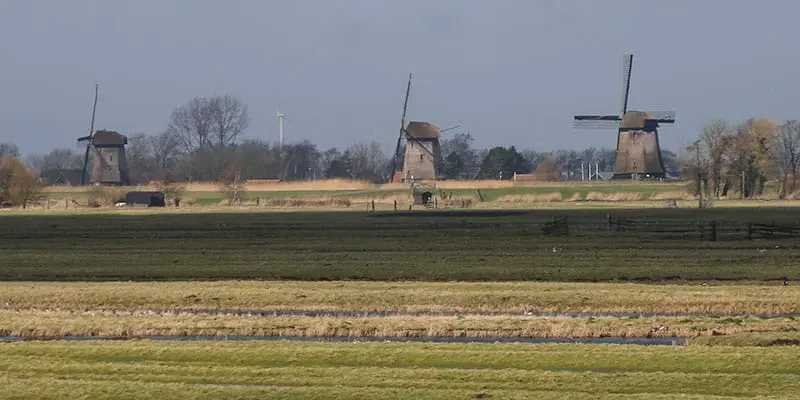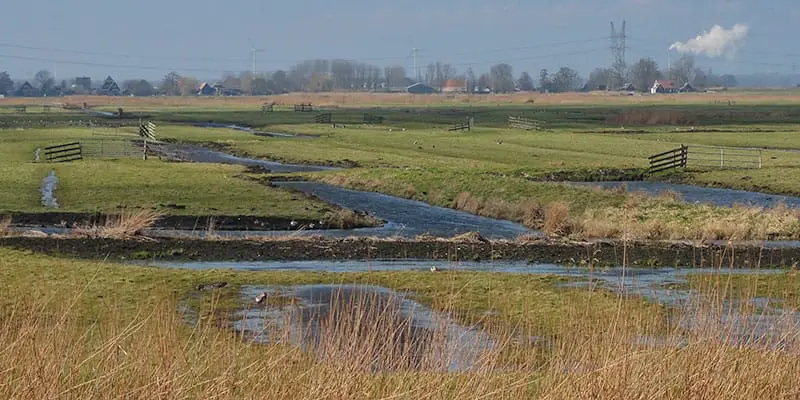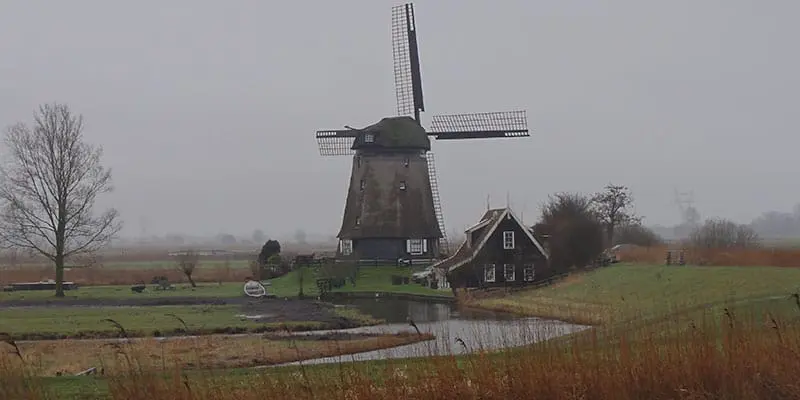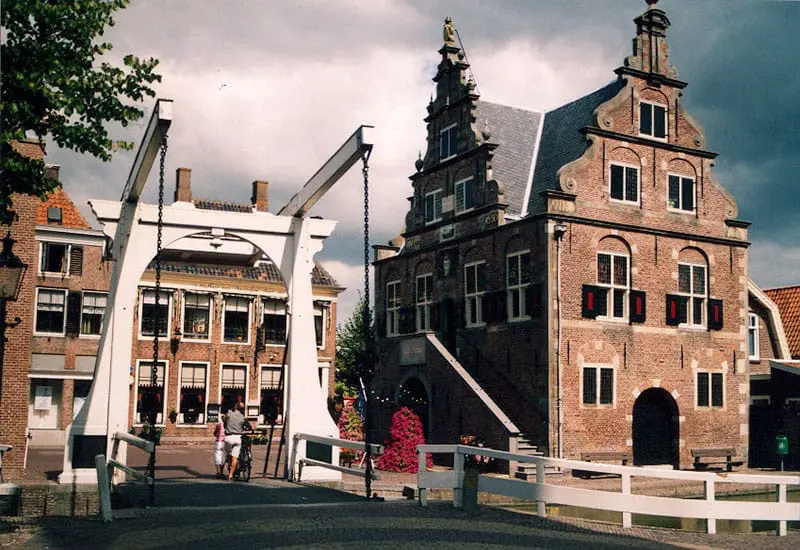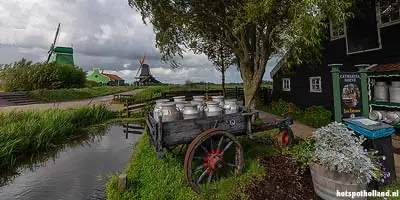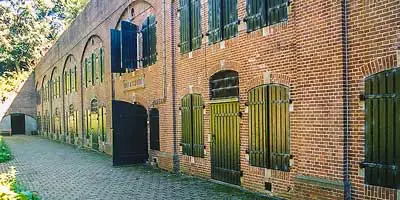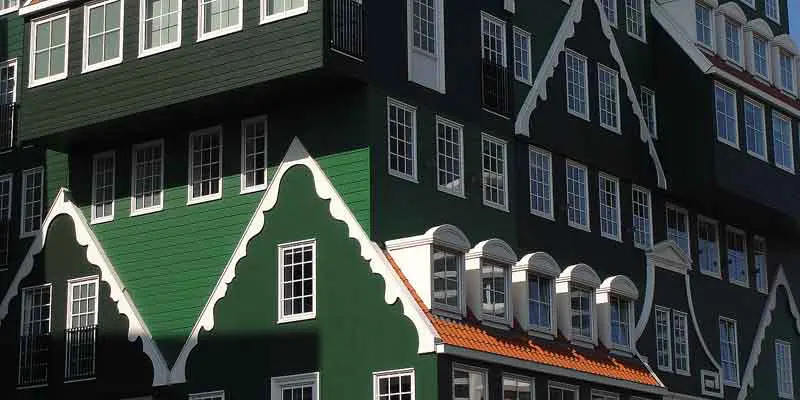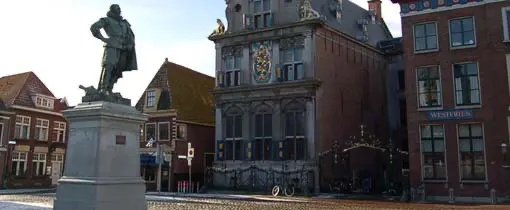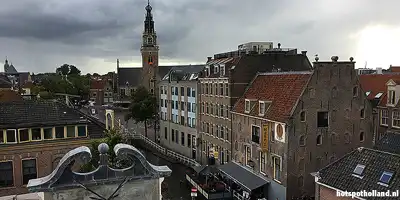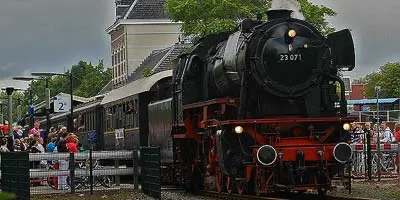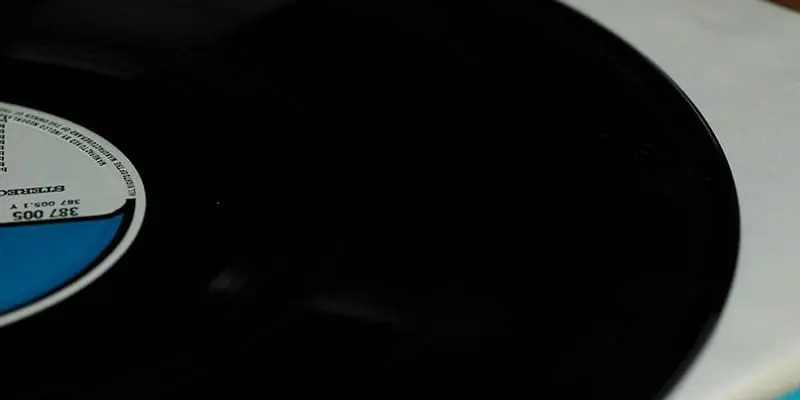Droogmakerij de Beemster

Beemster
Beemster
World Heritage in North Holland
Beemster - God created the earth. The Dutch created Holland is an old saying. In this case, the Dutch were led by engineer Leeghwater. Between 1608 and 1612 they drained the Beemster. De Beemster is a good example of a polder in a former inland sea. Straight roads, canals, farms and country estates. Everything is straight and angled. Only the dikes are round.
Symetry is Perfection
When the Beemster was built, symmetry was equivalent to perfection . Unique to the Beemster is that the polder is completely ordered. The landscape was conceived and laid out according to a surface division, resulting in 'the perfect polder'. Undoubtedly, the most important draining tool has been a ruler.De Kuil (The Pit)
Initially it was thought that only 6 mills were needed to empty the Beemster. This turned out to be a major miscalculation. Ultimately, no fewer than 52 mills were needed to pump out the 3 to 4 meter deep water. On May 19, 1612, the time had come. The polder was pumped dry.Thanks to its depth, the reclaimed plant is also called 'de Kuil'.
The drained land was laid out with straight lots, straight roads and straight channels. De Beemster was a good investment, because the sale of the land brought in a lot of money. Wealthy VOC merchants constructed over fifty country houses. But with French rule, it decayed. Due to poor economic conditions, the country houses were demolished and replaced by farms with fields and meadows. At the beginning of the 20th century, the mills were also replaced by ground and disappeared from the landscape. Fortunately, several windmills can still be seen in the adjacent Schermer.
World Heritage
Around the year 800, the area north of Purmerend was a large peat area. The Beemster was a small river that flowed through the area. In the Middle Ages, more and more peat soil was swept away by storms. The Zuiderzee penetrated further and further into the area. This is how inland seas such as De Beemster, Purmer, Schermer, Wormer and Zijpe were created. In 1300 North Holland consisted largely of water!The reclamation gradually gave Noord-Holland its current form.
Because of its striking spatial planning, Droogmakerij de Beemster has been on the UNESCO World Heritage list since 1999.
